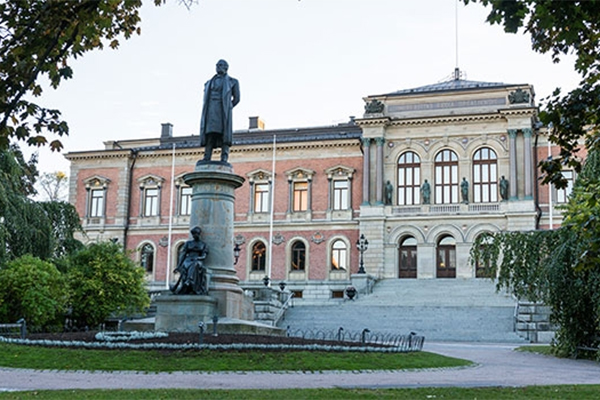The Shanghai Ranking uses six indicators, each linked to research. The majority are based on publication and citation data taken from the Web of Science and Nature and Science, however the Nobel Prize is also used as an indicator. The ranking can be seen as a way of measuring research excellence with focus on technology, medicine and the natural sciences.
“The fact that the University has fallen down the rankings is mainly the result of fewer points in the ‘Award’ indicator, which is based on the Nobel Prize and other distinctions. The more recent the Nobel Prize, the greater the points it generates. Assuming none of the University’s researchers are awarded a new Nobel Prize, this indicator is expected to continue to pull the University down over time”, explains Emma Östlund, Controller at the Planning Division at Uppsala University.
Five highly-cited researchers
Other indicators have also dropped compared to previous years – except the
“Publications” indicator that measures the number of publications on Web of Science. This has increased by 0.6 points. At the same time, the number of points for the “Nature and Science” indicator (number of natural science publications) have dropped by 1.1.
As in previous years, there are five Uppsala University researchers to be included on the Clarivate list of the most highly cited researchers (HCR) that forms the basis of the “Highly Cited” indicator (HiCi). These researchers are Dan I. Andersson at the Department of Medical Biochemistry and Microbiology, Mia Wadelius at the Department of Medical Sciences, and Stefan James, Lars Wallentin and Jonas Oldgren at the Department of Medical Sciences and the Uppsala Clinical Research Center (UCR).
